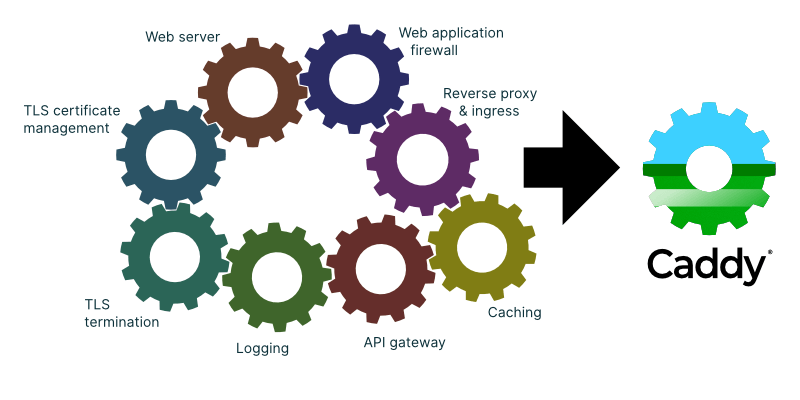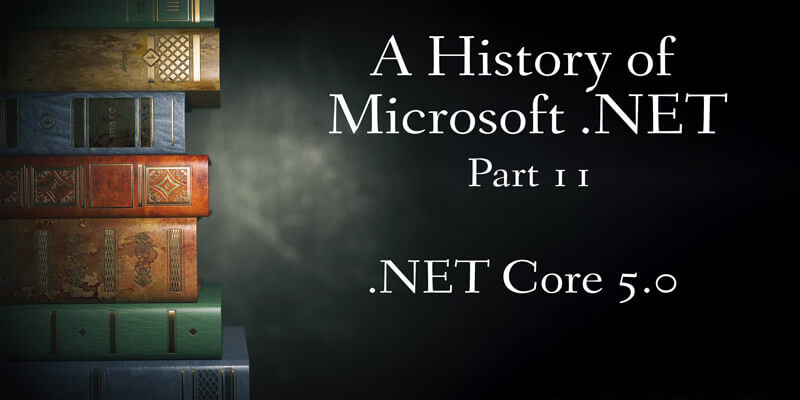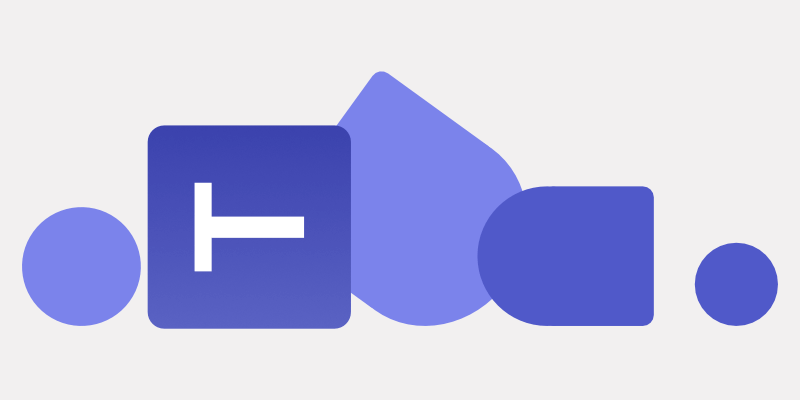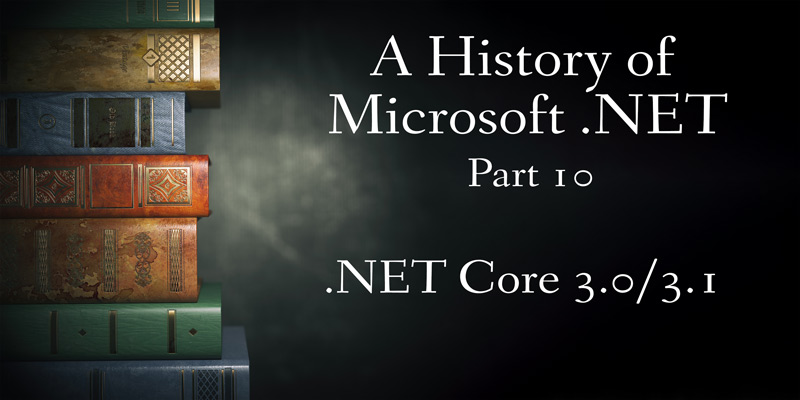Category: Technology

SQLite and Swift
When building an application, you often need some way to store associated data. Applications usually store less data than cloud applications, but many of the same constraints still exist. You still need to store data. Some of the data is relational, such as contacts or addresses. And having the ability to store relational data in…
Read more…

Safari Push Notifications?
At Don’t Panic Labs, we have built many iOS and Android applications over the years. Many of them have been built using some sort of cross-platform technology, like Ionic. But why so many mobile applications? Not one reason, many reasons. Sometimes customers want to be in the Apple and Google app stores. Sometimes they want…
Read more…

Estimating Your Cloud Costs
Estimating cloud costs isn’t always easy, especially if your goal is to be super exact. The desire to be super precise will probably cause you to spend more time estimating the costs of resources than the resources might cost themselves. Always remember that development time is expensive. Trying to estimate down to the dollar isn’t…
Read more…

CouchDB Views
CouchDB is a pretty amazing technology, but it is a little unique. With many data stores, you just query data. You can do that with CouchDB’s Mango queries, but CouchDB’s primary way to query data is by using views. Views are pre-created, much like creating any document within CouchDB. After creating your view, you can…
Read more…

Caddy
A lot of the software we build involves hosting some part of it on a web server. Today, most of what we host is hosted in the cloud PaaS (Platform as a Service). This means we don’t have to look into some more classic hosting options such as Apache or IIS; the platform solves this…
Read more…

APIs and the Cloud
Application programming interfaces (APIs) communicate into software. If user interfaces are ways for humans to interact with software, then APIs are ways for software to communicate with other software. As we write applications, our software makes extensive use of APIs. Sometimes those APIs are purely at a platform level, maybe file read and write. Sometimes…
Read more…

Canvas API
Canvas is one of the biggest names in the learning management software (LMS) space. It is used by major Universities across the country, and we use it for Nebraska Dev Lab and our Advanced Continuing Education. LMSs provide an online structure for courses and content. This online nature makes it easier to support remote learners….
Read more…

A History of Microsoft .NET, Part 11: .NET Core 5.0
.NET 5 was the unified .NET. It merged .NET Core and .NET Framework, or it kind of did. From a technology standpoint, .NET 5 supports more of what was missing in .NET Core without question. But .NET 5 was still missing things like a fully functioning WCF. It is hard to make software truly backward…
Read more…

Dysfunctional Teams
Teams is clearly an attempt by Microsoft to eat the space created by Slack, the product we used before Teams. We, like many people, switched to Teams because it was already included in our Office 365 subscription. Effectively using Teams instead of Slack saved us money. When Teams first came out, we tried it and…
Read more…

A History of Microsoft .NET, Part 10: Core 3.0/3.1
If .NET Core 2 was the first real version of .NET Core, then 3.0/3.1 took something usable and made it solid. With their latest version, Microsoft went from “good enough” to something enjoyable to use. .NET 3.0/3.1 closed a lot of the gaps left between .NET Framework and .NET Core. Not all of the gaps,…
Read more…
